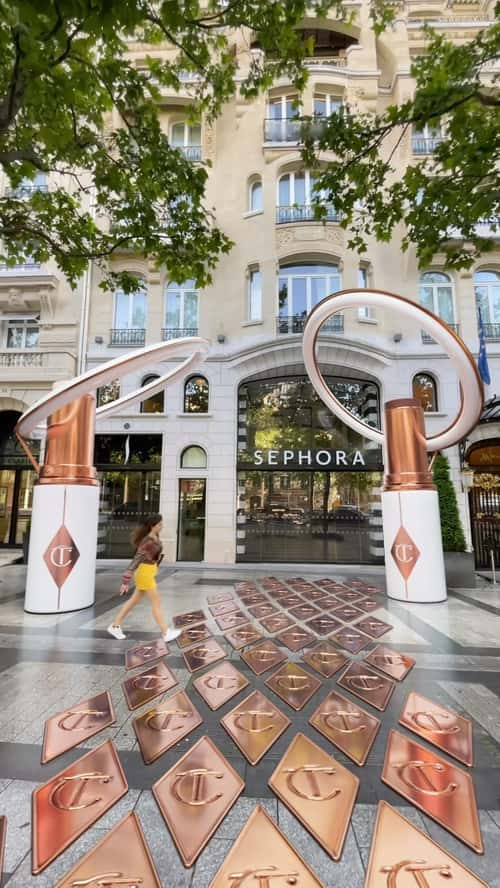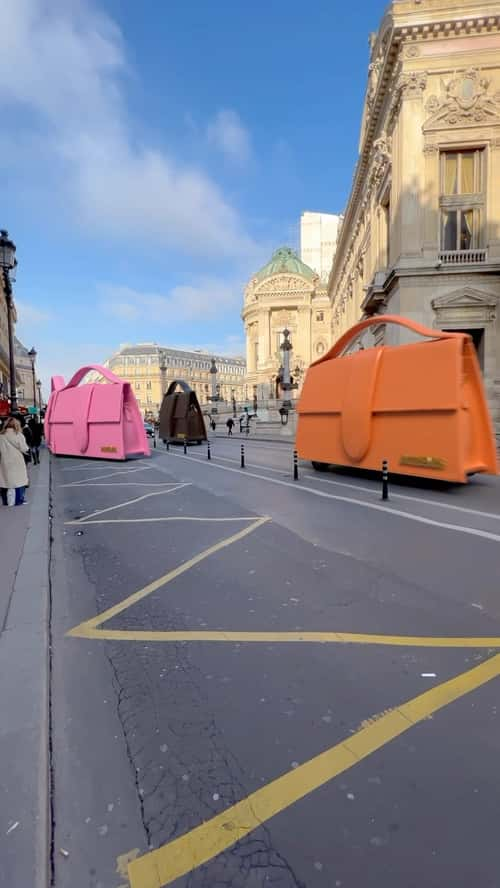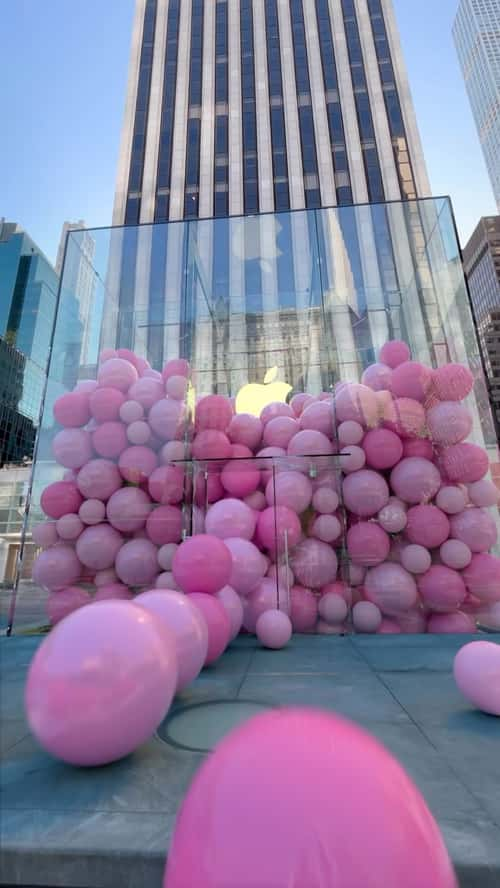Discover the World's Best FOOH
Explore the best Fake Out of Home campaigns, connect with top agencies, creators and brands - be part of the future of advertising.
Featuring campaigns from
FOOH Awards 2025 Winners Announced
The public has spoken! Thank you to everyone who participated and congratulations to all our winners celebrating the most exceptional FOOH campaigns of 2024/2025.
Why FOOH Advertising?
FOOH combines real-world footage with computer-generated elements to create hyperealistic advertising illusions that capture attention and drive engagement. The perfect format for viral social media campaigns that make the impossible feel real.
FAQ
What is FOOH?
Fake Out of Home or just FOOH, is a new form of digital advertising where brands create hyper-realistic video content by blending real-world footage with computer-generated imagery (CGI), producing impressive and surreal marketing experiences designed to capture audience attention.
How does Fake Out Of Home work?
Fake Out Of Home (FOOH) combines real-world video footage with computer-generated imagery (CGI) or visual effects (VFX) to create hyper-realistic ads. Designed for social media platforms like Instagram, TikTok, YouTube, or X, FOOH ads place digitally created elements seamlessly into authentic environments, leveraging advanced editing tools to captivate audiences and drive engagement.
What makes a Fake Out Of Home Ad go viral?
The virality of a FOOH ad hinges on three key factors: The hook, a compelling story, and flawless execution. The hook ensures viewers stop scrolling, the storyline keeps them emotionally engaged, and seamless integration of CGI elements leaves them immersed rather than distracted. Just like in high-quality films, the added visual effects should feel natural and enhance the narrative without breaking the viewer's suspension of disbelief.
To better understand what makes a FOOH ad truly stand out, our Ads Library includes examples ranked by their FIS (FOOH Impact Score). This score evaluates engagement rate, viewership, and reach to classify ads as Outstanding, Impressive, Solid, or Improvable, offering a clear measure of their effectiveness and impact.
What is the difference between Fake Out Of Home advertising and "traditional" advertising?
Unlike traditional ads like out of home (OOH) advertisement, FOOH ads exist purely in the digital realm and are optimized for social media distribution. The CGI ads combine real-world video footage with computer-generated elements to create the illusion of physical ads. These digital elements are seamlessly layered onto video content, similar to CGI effects in movies, but executed on a more cost-effective scale.
What is the difference between AR, VR, and FOOH Videos?
While AR and VR are interactive and rely on devices for real-time user engagement, Fake Out of Home (FOOH) offers higher-quality visuals by combining CGI and real footage. They are best suited for scenarios where immersion and storytelling matter more than interactivity.
- Augmented Reality (AR): AR overlays digital content onto the real world through devices like smartphones or AR glasses. Think of it as a digital filter that interacts with your real-world environment.
- Virtual Reality (VR): VR immerses users in a completely virtual environment, cutting off the physical world. This requires specialized devices like the Meta Quest or Apple Vision Pro VR glasses.
- Fake out of Home Ads (FOOH): FOOH Ads blend CGI with real-life video footage to create captivating, hyper-realistic visuals. Unlike AR and VR, faux OOH advertising is not interactive but focuses on delivering visually stunning, pre-produced content on social media.
How are FOOH Ads Made?
Creating a Fake Out Of Home (FOOH) Ad starts with a strong concept and detailed planning, followed by shooting video footage that serves as the foundation for the ad. Using advanced techniques like camera tracking, rotoscoping, and 3D rendering, digital elements are seamlessly integrated into the real-world footage with precise lighting and reflections. The final step, compositing, blends everything together into a polished, visually striking ad.
To find out more about what goes into the making of a FOOH Ad check out our blog: The Tools Behind FOOH.
Do Mixed Reality or CGI videos only make sense for companies with products?
Not at all. While product-based brands can use Mixed Reality or CGI to showcase their offerings, these videos are equally impactful for service providers, educational institutions, event organizers, and non-profits. They can be used to simplify complex concepts, communicate goals, or tell compelling stories – all in a visually engaging and memorable way.
Explore our FOOH Ad Library to see how diverse industries leverage CGI and FOOH for impactful advertising campaigns.
Trending Topics
Creator Spotlight: TOM MADE THAT
The most interesting work in advertising right now comes from creators who turn technical capability into narrative momentum. That’s exactly TOM MADE THAT operates.
Read more
Best Holiday FOOH Campaigns: 12 Examples You Need to See
A breakdown of 2025’s most effective Fake Out of Home holiday ads and how they captured global attention.
Read more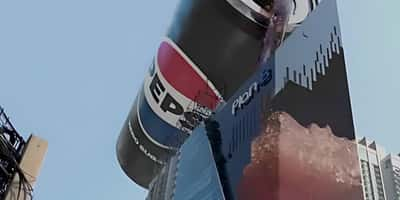
10 Best Food & Beverage FOOH Ads
The food and beverage industry is going beyond traditional ads. Here’s how brands are using Fake Out of Home in 2025 to stay top of mind.
Read more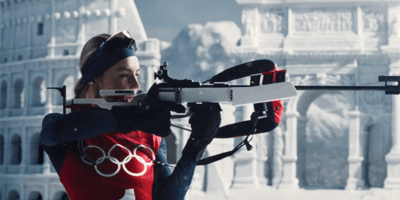
AI Advertising Done Right: Inside France TV’s Hybrid VFX Ad
France TV’s Olympic campaign shows how AI and VFX can coexist. A lesson in using technology with intent — and why human thinking still leads in marketing.
Read more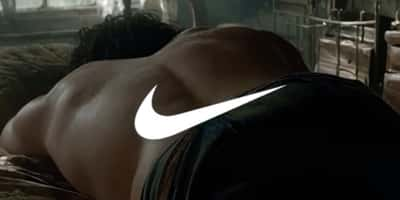
The Scariest Thing About Nike’s 2025 Halloween Ad?
Directed by Chris Capel, this new Nike concept ad blends horror filmmaking with AI tools like Hailuo 2.0, and it might have just changed creative marketing forever.
Read more
Top 12 FOOH Ads Filmed in Singapore (2025)
Fake out-of-home is redefining how brands show up in Singapore. These 12 fake out-of-home ads show how brands are fusing art, tech, and culture to stay seen.
Read more










